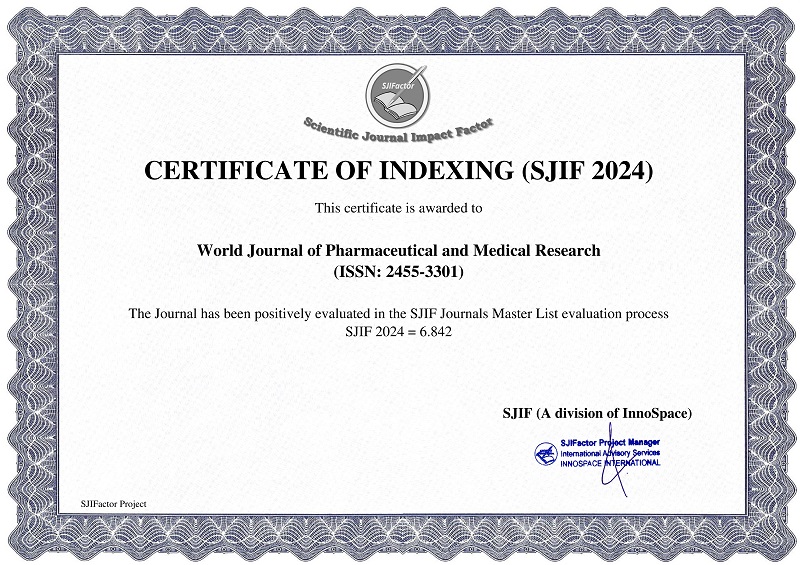AN OUTLOOK OF VATAKANTAKA THE CONTEXT OF AYURVEDA WITH CORRELATION IN MODERN SCIENCE
Dr. Ashutosh Shukla*, Dr. Divya Dwivedi
ABSTRACT
Pain is that one symptom which alters our day to day activities, affecting the quality of life. Pain in the heel is one among such pain, which causes difficulty in walking and in turn disturbs daily routines. Plantar fasciitis is most common cause of heel pain in adults.[1] It is estimated that 1 in 10 people will develop Plantar Fasciitis during their life time.[2] Vatakantaka as per Ayurveda is mentioned by Acharya Sushruta in the context of Vatavyadhi as a painful condition of heel due to improper placement of foot on the ground or by walking over correlated to a calcaneal spur which is a calcium deposit causing a bony protrusion on bone often frequently associated with plantar fasciitis, a painful inflammation of tissue. It is a common condition that affects normal routine work. Plantar Fasciitis is caused due to silent and repeated injury resulting in inflammation of the plantar fascia which results in the painful heel. A heel spur is a pointed bony outgrowth of the bone of the heel (the calcaneus bone). It is attributed to chronic local inflammation at the insertion of soft-tissue tendons or fascia in the area.[3] Heel spurs can be located at the back of the heel or under the heel, beneath the sole of the foot. Heel spurs at the back of the heel are frequently associated with inflammation of the Achilles tendon (tendinitis) and cause tenderness and pain. Agnikarma, Snehna, Swedan, & Raktamokshana is the treatment choice of Vatakantaka.
[Full Text Article] [Download Certificate]



